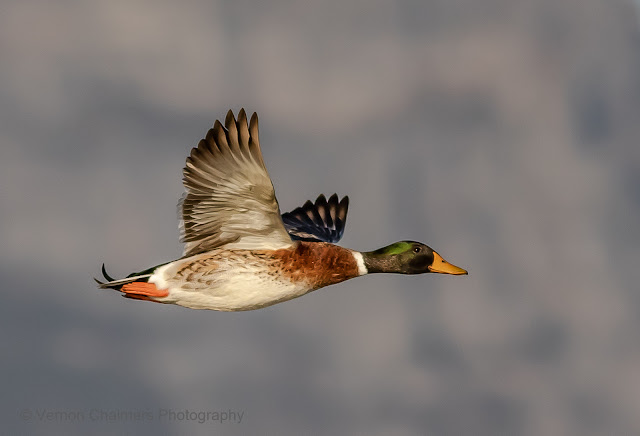Advantage of Early Morning Photography in Cape Town
Summer Photography Milnerton, Woodbridge Island
 |
Woodbridge Island from Arnhem, Milnerton : Copyright Vernon Chalmers Photography
|
Woodbridge Island from Arnhem, Milnerton
Here down in the South of Africa (Milnerton, Cape Town) we have an advantage of very good morning light during our summer season. Above image was captured between 06:00 - 06:30 in the morning. For birds in flight photography I apply high Shutter Speeds (1/2500 - 1/3200) and Auto-ISO (handheld) and the average ISO's during most mornings are between ISO 400 - 800 (depending on the background colour and / or the colour of the bird).
More >>
Vernon Chalmers Photography Training Genres
The early morning light is exquisite for birds / birds in flight photography, landscape / seascape photography and close-up / macro photography. The wind may have an effect on 1:1 macro subjects, but generally the wind picks-up after 10:00 (but could be blowing slightly already early-morning).
More >>
 |
| Early Morning Light Birds in Flight Photography Vernon Chalmers Copyright |
Birds / Birds in Flight Photography Training Objective
For assisting the developing photographer with the understanding and application of introductory to intermediate perched bird / birds in flight photography in terms of exposure settings / photography techniques / practical sessions.
More >>
 |
| Early Morning Table Mountain Photography Vernon Chalmers Copyright |
Landscape Photography Training Objective
For assisting the developing photographer with the understanding and application of intermediate to advanced landscape / long exposure settings and techniques. Landscape Photography Training:
More >>
 |
| Early Morning Butterfly Photography Vernon Chalmers Copyright |
Close-Up / Macro Photography Training Objective
For assisting the developing photographer with the understanding and application of introductory to intermediate flower and insect macro / close-up photography accessories / exposure settings / photography techniques (with ongoing Macro & Close-Up Photography Training support).
More >>Canon Equipment / Settings
Image 1 and 5 : Woodbridge Island / Milnerton Lighthouse
- Canon 700D (APS-C Body)
- Canon EF-S 18-135mm f/3.5 - 5.6 IS STM lens
- AV Mode
- ISO 100
- Aperture f/16
- Manual Focus
- Manfrotto Compact Tripod
Image 2 : Bird in Flight against Table Mountain
- Canon 7D Mark II (APS-C Body)
- Canon EF 400mm f/5.6L USM lens
- Manual Mode
- ISO 640
- Aperture f/5.6
- Autofocus
- Handheld
Image 3 : Table Mountain from Table Bay Nature Reserve
- Canon 70D (APS-C Body)
- Canon EF-S 70-300mm f/4.- 5.6L IS USM lens
- AV Mode
- ISO 100
- Aperture f/11
- Autofocus
- Handheld
Image 4 : Butterfly next to the Diep River
- Canon 7D Mark II (APS-C Body)
- Canon EF 400mm f/5.6L USM lens
- Manual Mode
- ISO 800
- Aperture f/5.6
- Autofocus
- Handheld
 |
| Woodbridge Island from Arnhem Milnerton Copyright Vernon Chalmers Photography - Zoomed In |







